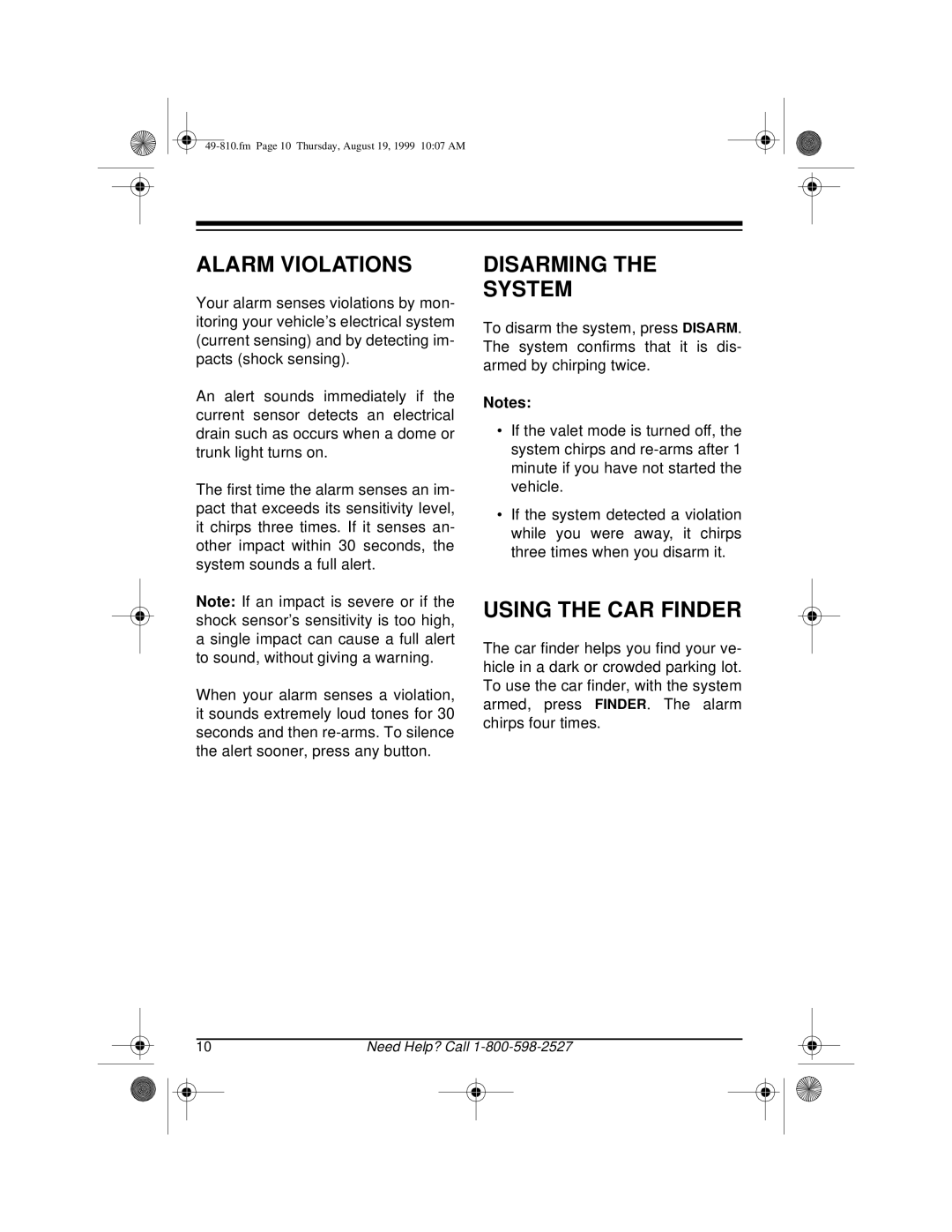RS-1000 specifications
The Radio Shack RS-1000, introduced in the early 1980s, stands as a testament to the evolution of personal computing during that era. As an entry-level microcomputer, it aimed to bring computing power into the hands of hobbyists and those new to technology. The RS-1000 was particularly noteworthy for its affordability, making it accessible to a broader audience.One of the standout features of the RS-1000 was its Zilog Z80 processor, which operated at a speed of 1.77 MHz. The Z80 was known for its efficiency and was a popular choice among many other early computer systems, allowing the RS-1000 to run basic programs and rudimentary software with relative ease. Coupled with 16KB of RAM, the system provided enough memory for users to engage in programming and basic applications.
The RS-1000 supported a unique BASIC programming language, which became an essential tool for learning to code. The ability to write and run programs in BASIC on this machine allowed many users to hone their programming skills and explore their creativity through technology. Additionally, the RS-1000 came equipped with a built-in keyboard and a small monochrome display, which facilitated ease of use and functionality.
Storage was primarily managed through cassette tapes, a common medium for data preservation at the time. Users would connect their tape recorders to save and load their programs, making data management both straightforward and budget-friendly.
Another characteristic that endeared the RS-1000 to its users was its expandability. The system offered a range of peripherals and expansion options, including additional memory upgrades and disk drives. This allowed enthusiasts to customize their systems according to their needs and grow their capabilities over time.
Despite the rapid advancements in technology and the eventual decline of the original model, the Radio Shack RS-1000 remains a cherished memory for many early computing enthusiasts. Its combination of affordability, ease of use, and expandability laid the groundwork for countless users to embark on their computing journeys. The RS-1000 stands as an emblematic piece of computing history, reflecting a significant period in the democratization of technology.

